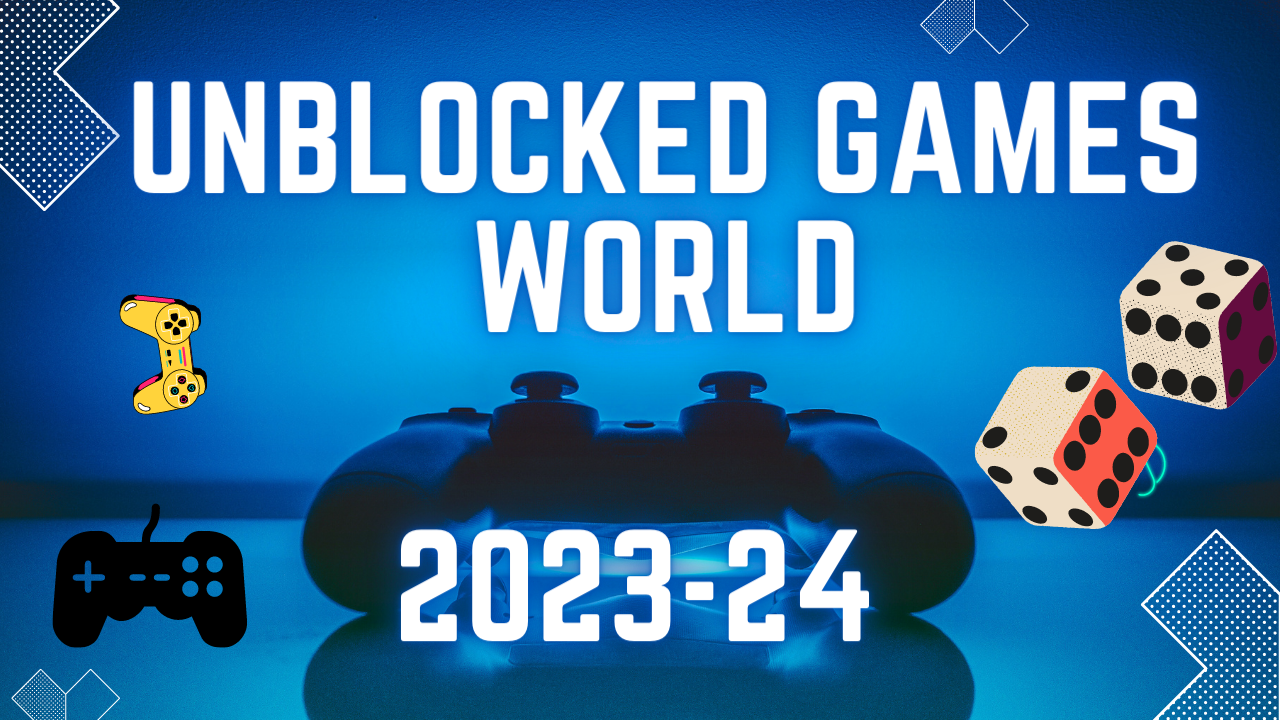Procedural generation is a powerful and versatile technique used in game development solutions to create vast and dynamic game worlds, levels, and content. It has been employed in various successful games like Minecraft, No Man’s Sky, and Spelunky, among others. Procedural generation offers many advantages but also comes with its own set of challenges and limitations. In this article, we will delve into the benefits and drawbacks of using procedural generation in game development.
Benefits of Procedural Generation
1. Infinite Content Variation
One of the most significant advantages of procedural generation is its ability to generate virtually infinite content. This means that players can explore new worlds, levels, and experiences each time they play the game, enhancing replay ability. For example, in Minecraft, players can explore an endless landscape, and in No Man’s Sky, there are billions of unique planets to discover. This constant novelty keeps players engaged and invested in the game for longer periods.
2. Efficient Asset Creation
Creating assets for a game, such as 3D models, textures, and sound effects, can be a time-consuming and resource-intensive process. Procedural generation allows developers to create assets algorithmically, reducing the need for manual content creation. This efficiency can significantly lower development costs and make it feasible for smaller teams or indie developers to create ambitious and content-rich games.
3. Dynamic and Adaptive Gameplay
Procedural generation can be used to create dynamic and adaptive gameplay experiences. Game worlds and levels can respond to player actions or environmental conditions in real-time. For instance, in a survival game, procedural generation can create weather patterns, resource availability, and enemy encounters that change based on player decisions. This dynamic nature keeps players engaged and adds an element of unpredictability to the game.
4. Optimized Performance
Procedural generation can help optimize game performance by generating content on the fly, reducing the need to load and store large amounts of data in memory. This can lead to faster loading times, smoother gameplay, and a better overall gaming experience. Additionally, procedural generation can adapt content complexity based on the player’s hardware capabilities, ensuring the game runs smoothly on a wide range of devices.
5. Unique Player Experiences
Procedural generation fosters unique player experiences. Since each playthrough generates different content, players can share their discoveries and stories with others, creating a sense of community and excitement around the game. This uniqueness can also lead to emergent gameplay moments that players find memorable and enjoyable.
6. Reduced Storage Requirements
Storing pre-made content for a large open-world game can consume significant storage space. Procedural generation reduces the need for storing massive datasets, as much of the content is generated procedurally when needed. This can be particularly beneficial for mobile and console games, where storage limitations may be a concern.
7. Endless Exploration
Games that employ procedural generation often feature open-world or sandbox environments that encourage exploration. Players are not limited by predefined boundaries, and they can venture into the unknown, discovering hidden treasures, secrets, and surprises. This sense of freedom and exploration can be a major draw for players.
Drawbacks of Procedural Generation
While procedural generation offers many advantages, it is not without its drawbacks and challenges. Here are some of the key limitations and issues associated with using procedural generation in game development solutions.
1. Lack of Handcrafted Detail
Procedurally generated content may lack the handcrafted detail and polish that can be achieved through manual design and content creation. In some cases, this can result in bland or repetitive environments and gameplay experiences. Players may notice patterns or predictability in the generated content, which can diminish immersion.
2. Difficulty in Controlling Quality
Maintaining consistent quality in procedurally generated content can be challenging. Since the content is generated algorithmically, there is a risk of producing low-quality assets or levels that do not meet the desired standards. Developers must invest time and effort in fine-tuning procedural generation algorithms to ensure that the generated content is of high quality.
3. Complexity of Implementation
Implementing procedural generation systems can be complex and time-consuming. Developers need a deep understanding of algorithms, data structures, and mathematics to create effective procedural generation systems. This complexity can lead to longer development times and require specialized skills.
4. Testing and Balancing Challenges
Testing and balancing procedurally generated content can be a daunting task. Since the content is not fixed, developers must test various scenarios to ensure that the gameplay remains fair and enjoyable. Balancing the difficulty of levels or encounters generated procedurally can be particularly challenging, as it may require ongoing adjustments based on player feedback.
5. Player Frustration
In some cases, procedural generation can lead to frustrating or unfair gameplay experiences. Players may encounter excessively difficult challenges or encounter situations where progression becomes nearly impossible due to the random nature of the content. Striking the right balance between randomness and fairness is crucial but can be challenging to achieve.
6. Learning Curve for Developers
Developers who are new to procedural generation may face a steep learning curve. Understanding the principles and best practices of procedural generation can take time, and mistakes in the implementation can lead to undesirable results. Additionally, debugging procedural generation systems can be more complex than debugging handcrafted content.
7. Limited Narrative Control
Procedural generation can limit narrative control in games. Story-driven games may struggle to deliver a cohesive and emotionally engaging narrative when significant portions of the content are generated procedurally. Developers must find ways to integrate storytelling elements into the procedurally generated world, which can be a delicate balancing act.
Best Practices for Using Procedural Generation
To maximize the benefits of procedural generation while mitigating its drawbacks, developers can follow some best practices:
1. Hybrid Approaches
Consider using a hybrid approach that combines procedural generation with handcrafted content. This allows developers to add specific details and polish to critical parts of the game world while relying on procedural generation for generating less critical or repetitive content.
2. Iterative Development
Iterate and playtest procedural generation algorithms continuously. Solicit feedback from players to identify areas where the generated content can be improved. This ongoing refinement process can help maintain quality and balance.
3. Balancing and Fairness
Pay close attention to balancing and fairness in procedurally generated games. Implement systems that ensure that the generated content provides a challenging but fair experience for players. This may involve dynamically adjusting difficulty based on player performance.
4. Narrative Integration
If your game relies on storytelling, find ways to integrate narrative elements into the procedurally generated content. Create hooks and events that tie into the game’s overarching story, even within the dynamically generated world.
5. Testing Tools
Develop custom testing tools to simulate various scenarios and ensure that the procedural generation systems are functioning as intended. This can help catch issues early in development.
Conclusion
Procedural generation is a valuable tool in game development solutions that offers numerous benefits, including infinite content variation, efficient asset creation, dynamic gameplay, optimized performance, unique player experiences, and reduced storage requirements. However, it also comes with challenges such as the lack of handcrafted detail, quality control issues, complexity of implementation, testing and balancing challenges, player frustration, a learning curve for developers, and limited narrative control.
Author: Muthamilselvan is a passionate Content Marketer and SEO Analyst. He has 8 years of hands-on experience in Digital Marketing with IT and Service sectors. Helped increase online visibility and sales/leads over the years consistently with my extensive and updated knowledge of SEO. Have worked on both Service based and product-oriented websites.




